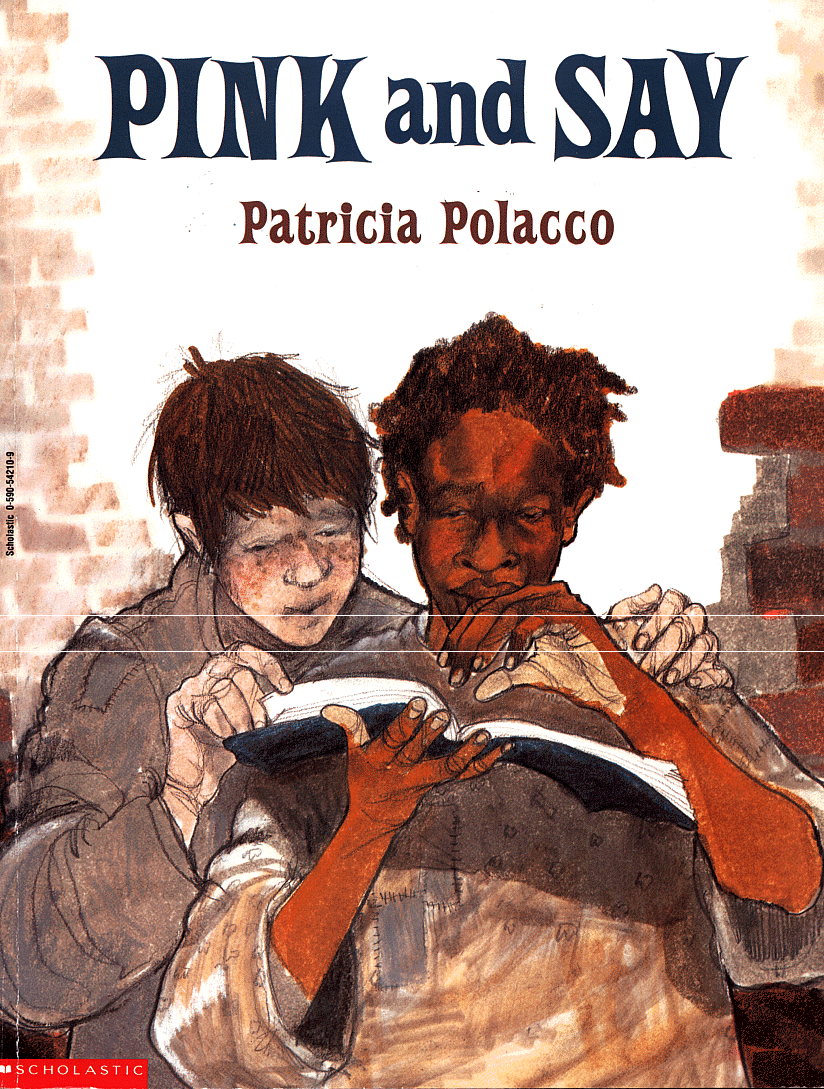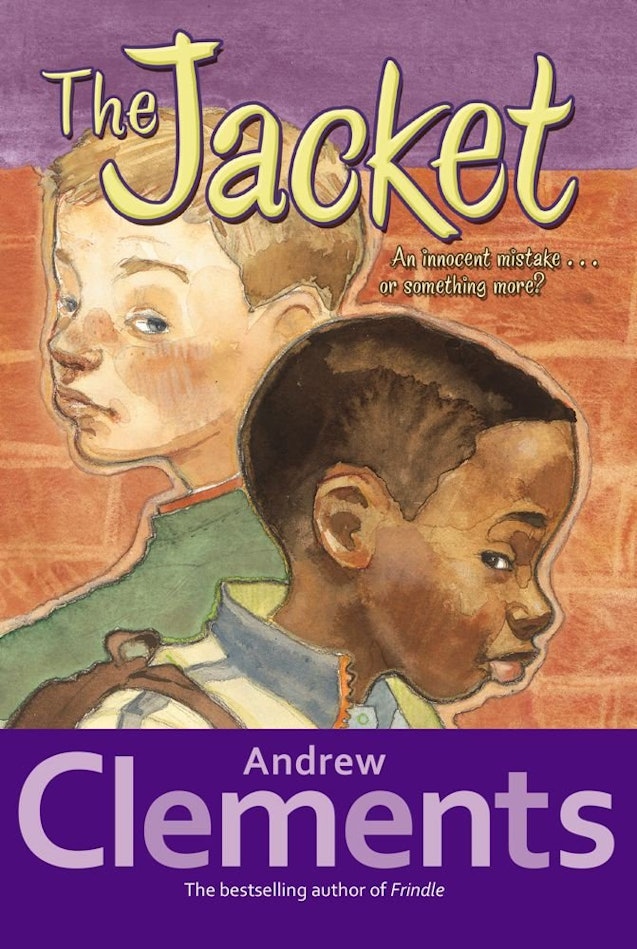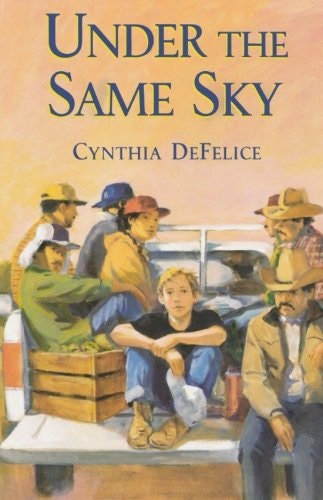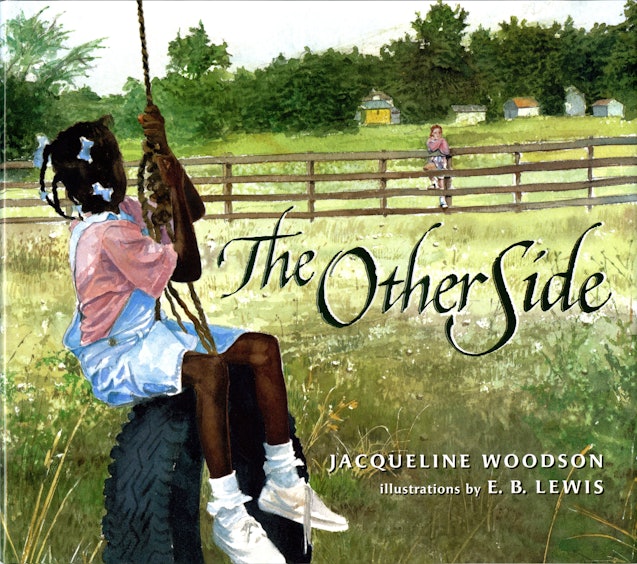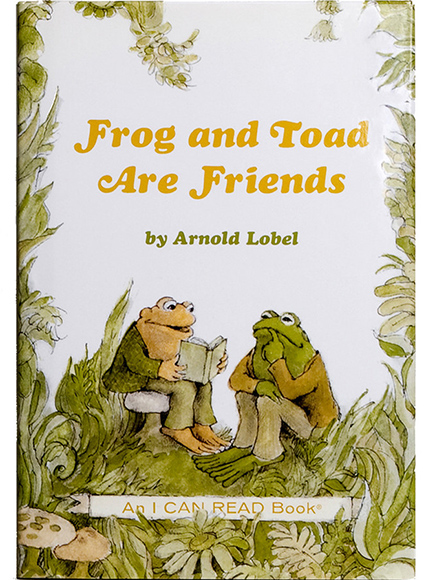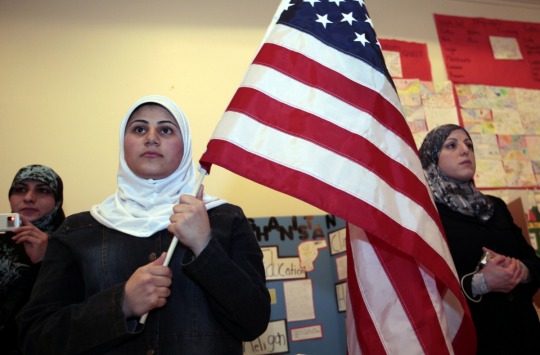Please forgive me for posting some news dear to my heart! My Young Adult LGBTQ novel Beulah Land is to be published by Duet Books, an imprint of Interlude Press in the autumn of 2017. I am so delighted to be associated with this august and award-winning publishing house. I know it is a fitting place for my book to have found a home.
 Annie Harper, one of the founders of Interlude Press, said she has for years recognized the need for fiction that the teen LGBTQ audience can relate to, yet emphasized the universal appeal of Duet titles. “Like all young adults, characters in YA books are discovering who they are and trying to find the courage to show themselves to the world."
Annie Harper, one of the founders of Interlude Press, said she has for years recognized the need for fiction that the teen LGBTQ audience can relate to, yet emphasized the universal appeal of Duet titles. “Like all young adults, characters in YA books are discovering who they are and trying to find the courage to show themselves to the world."
Duet’s name is a play on Interlude Press’s musical connotation and, Harper explained, “also implies a little bit of innocence, as well as the love story theme. But that said,” she added, “we are putting out love stories that have an additional dimension to them. We are focusing on stories where romance serves as a catalyst for characters to discover who they are and show their authentic selves.
Beulah Land, according to the publishing house is the story of:
A courageous teenager fights for social justice, survival, and self-defining truth in the forbidding Missouri Ozarks
It is my hope the book will speak not only to teens but to all people who seek to find truth in their lives and about the world.
Duet’s name is a play on Interlude Press’s musical connotation and, Harper explained, “also implies a little bit of innocence, as well as the love story theme. But that said,” she added, “we are putting out love stories that have an additional dimension to them. We are focusing on stories where romance serves as a catalyst for characters to discover who they are and show their authentic selves.
Beulah Land, according to the publishing house is the story of:
A courageous teenager fights for social justice, survival, and self-defining truth in the forbidding Missouri Ozarks
It is my hope the book will speak not only to teens but to all people who seek to find truth in their lives and about the world.





